Randi Sonenshine, children’s book author of The Nest That Wren Built and middle school literacy specialist, shares ways to keep communication going in book clubs using fun games. Read on for some easy ideas that can help switch up the normal routine and get students engaged in conversations about books.
Twelve years ago, I was in my third year as a middle school literacy coach. While I loved working in classrooms with teachers and their students, I missed the connection I had with my own students while I was teaching, especially the ongoing dialogue we shared about books and reading. How could I establish that kind of community in my new role, outside of a classroom? Student book clubs, of course!
Since then, I have had lunchtime book clubs for each grade level (6-8) every year. Although the numbers and makeup of the groups vary quite a bit from year to year, I always strive for one constant: lively and meaningful conversations. To that end, over the years, I have experimented with many different conversation starters, games, and out-of-the-box activities. The following, which can be used with traditional lit circles or extracurricular book clubs and adapted for a variety of ages, have never failed to spice up our routine!
Mystery Jar Questions
This is my Old Faithful, which works well even if students are reading different books. Print about twenty generic book-related questions on card stock and cut them into strips. Keep these in a jar or basket, and during meetings, have students pick a question at random. Give them a minute to trade questions, and then take turns responding.
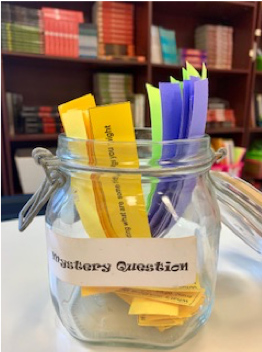
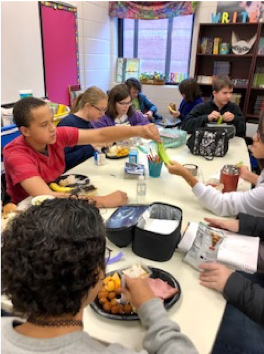
Headbands
I borrowed this from the popular game. Make headbands from cardstock, or buy a tiara or silly headband from a dollar store. Create or have students submit a list of characters, objects, places, etc. from the book, and write each on a sticky note. Form teams. Have one player wear the headband and choose a sticky note to place on it without that player looking. He or she must ask teammates yes or no questions to guess the contents of the sticky note in a designated time. If the answer is guessed, the player gets another clue, and play continues until time is up. The team with the most correct answers wins.
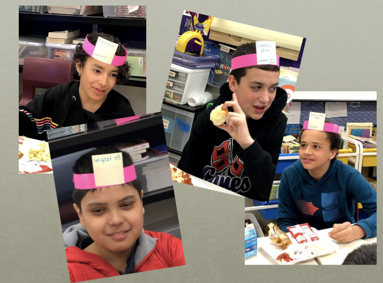
Hot Seat
This is another trusted favorite. Place sticky notes with questions on the underside of a few chairs or desks before students arrive. Have students check their chairs and those with questions use them to start the conversation and keep it going. Variation: Hot Book. Play like the game Hot Potato, but with the book of the month. Each student left standing responds to a mystery question or prompt.
Alphabook Ball
One day I made this up on the spot, and it has been a group favorite ever since. Students stand in a circle. The leader calls out the letter “A” and throws the ball to someone at random. The player who catches the ball must think of a word or phrase connected to the book beginning with that letter, and then explain the connection. He or she then follows suit by calling out the next letter of the alphabet, throwing it to someone else, and so on.
Find Someone Who
I repurposed this trusted teacher ice-breaker to generate excitement for a new book, but it could be used at any point in the reading. Create 10-20 “Find someone who…” statements, either in a checklist form or in a bingo-square format. (There are lots of templates on Pinterest or Teacher Toolkit). Give each student a copy and a clipboard. Students mingle, trying to find others who can sign for an item. You can specify the maximum number of signatures from the same person. The first to finish wins a prize. Your criteria can be a certain number of signatures, or a pattern, such as a vertical, horizontal, or diagonal row.

Round Table Role Play
For this activity, I create a scenario based on our book, such as this one for Among the Hidden by Margaret Peterson Haddix: The government in Among the Hidden is considering changing the law about third children. Then I randomly assign each student a character or role from the book. (Name tags are a fun addition.) Next, I throw out a question that will spark a response from all stakeholders in the roundtable, such as “Why should we allow third children?” Then I let the roundtable commence!
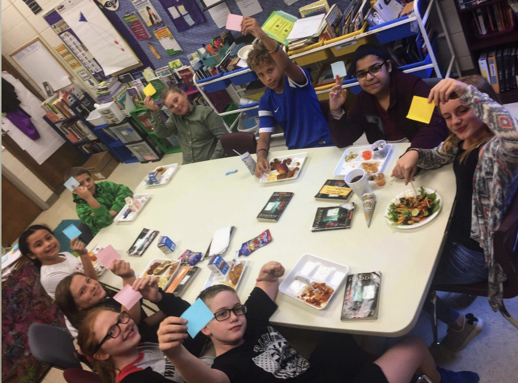
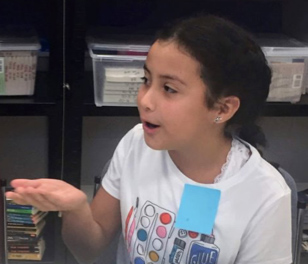
Speed Book Dating
This low-prep twist on the traditional book pass is great for generating interest and selecting books. Gather a selection of books available for your next reading cycle, and prepare book dating scorecards, like these here, which can be modified for younger students. Place a different book and a stack of dating cards at each seat. Give students approximately two minutes to score the book at their seats using the dating scorecards, then have them rotate seats and repeat with the next book. Gather the cards and add the totals for each book. The book with the highest score is the group’s next book. For lit circles, group students based on their interest in the same book.
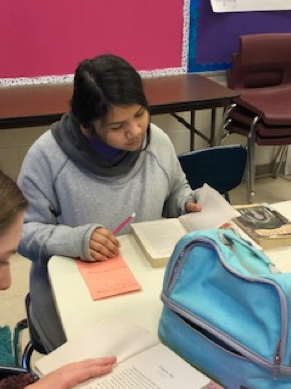
Sixty-Second Stickies
This extremely low-prep activity I made up on the spot one day was a big hit. Provide each student with a sticky note. Give students sixty seconds to draw an object or symbol related to the book, and then take sixty-second turns showing and explaining the drawings.
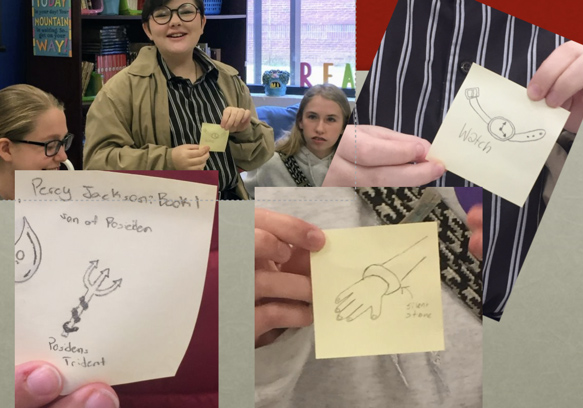
Ready, Set, Draw!
This is a team game. Prepare a set of index cards with brief descriptions of scenes from the book, for example, “Holling plays Ariel in The Tempest” (from Gary Schmidt’s The Wednesday Wars). Players randomly choose a card and try to get team members to guess the answer by conveying it through a drawing in a designated amount of time. The team with the most correct guesses wins.
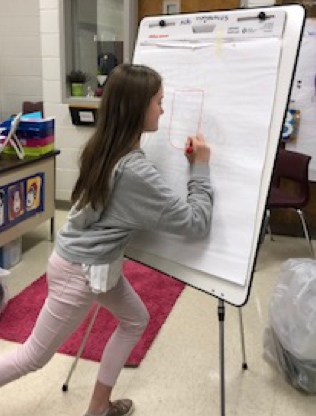
While my groups will often still use a traditional format with a discussion leader, mixing it up now and then keeps the groups energized and eager to come back. Whether you are looking to liven up an established group, or start a new group with a bang, these out-of-the-box activities won’t let you down.






